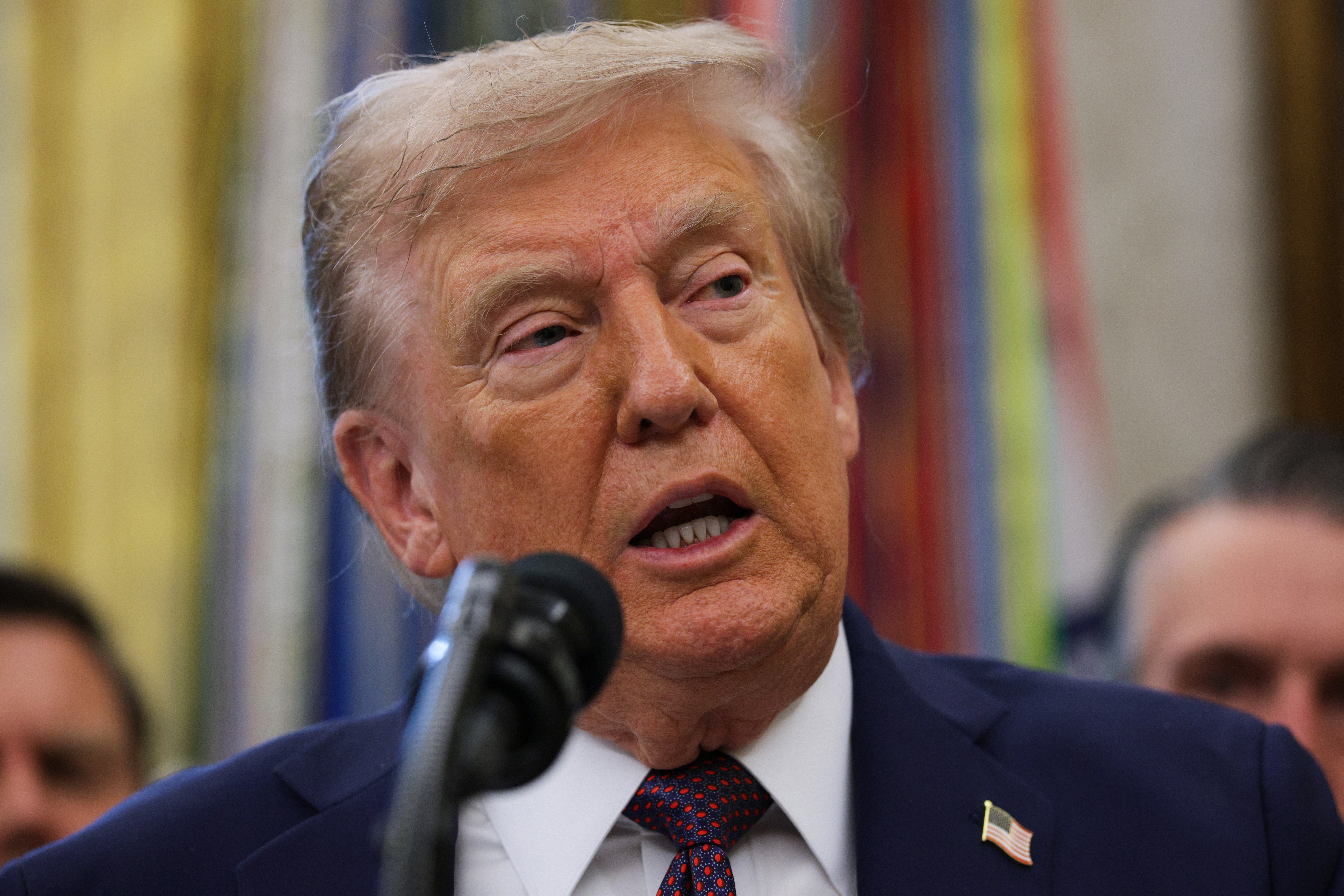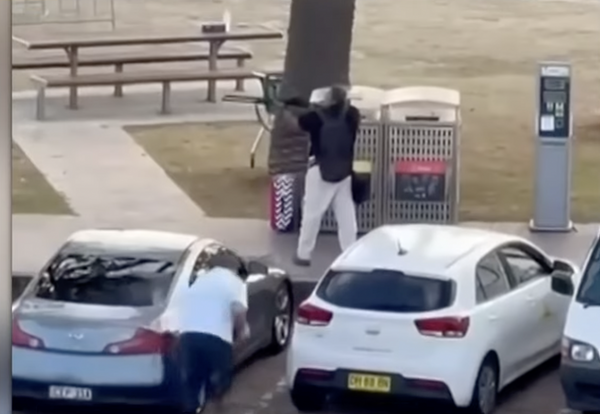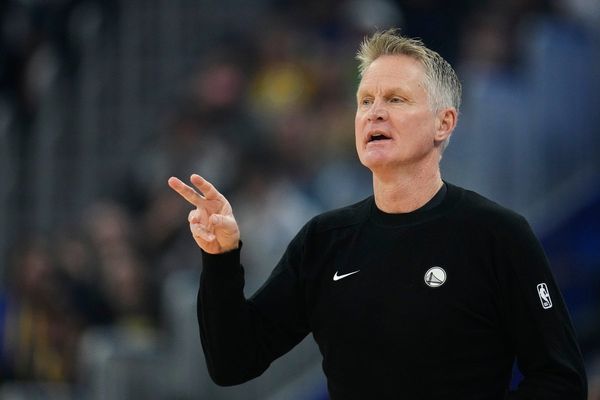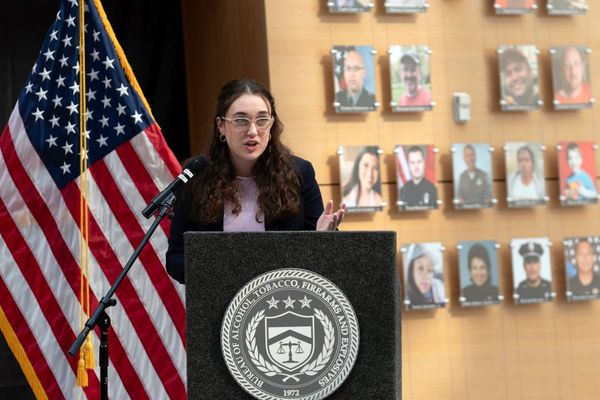A group of judges has slammed the Supreme Court’s scant explanations after the justices overturned several high-stakes cases involving the Trump administration.
President Donald Trump has repeatedly attacked the judiciary, mainly focusing his ire on lower court judges, who have blocked several key policies from taking effect in his second term, including those related to immigration, mass layoffs and, most recently, tariffs. This week, the president asked the nation’s highest court to appeal the ruling that declared his tariffs policy illegal.
And with its conservative majority, the Supreme Court has frequently overturned lower courts’ decisions in Trump’s favor — but offered only brief explanations to support those rulings. Ten federal judges, who spoke to NBC News, said the Supreme Court justices could be giving more insight into their decisions.
“It is inexcusable,” one judge said. “They don’t have our backs.”
The Supreme Court’s terse decision may give off the perception that lower court judges aren’t diligently digging into the cases or are biased against the president, and the brief rulings also provide little direction for how to proceed, the judges argued.
This back-and-forth recently played out in a case concerning Trump’s executive order for mass reductions in the federal workforce in February. A San Francisco-based judge issued an order blocking the administration from carrying out the mass layoffs. After an appeals court rejected the administration's bid, Trump took the case to the Supreme Court, which allowed the mass layoffs as the litigation plays out. The decision was made in a brief, unsigned opinion.
One judge told NBC that the Supreme Court is “undermining the lower courts,” making the district and appeals court judges feel “thrown under the bus.”
The nation’s highest court is obligated to explain its rulings — especially when they issue so many emergency rulings that align with the Trump administration’s arguments, several judges told the network.
“Judges in the trenches need, and deserve, well-reasoned, bright-line guidance,” one told NBC. “Too often today, sweeping rulings arrive with breathtaking speed but minimal explanation, stripped of the rigor that full briefing and argument provide.”
Without explanation behind the decisions, the lower court judges may come off as not being thorough in their work or appear biased against the president -- as Trump himself has suggested.
The Trump administration has asked the Supreme Court for an emergency appeal 23 times since January. The justices have granted 17 appeals, or 73 percent, according to NBC. The highest court rejected two requests, while the others were either resolved or pending.
One judge, appointed by President Barack Obama, agreed that the justices should be offering greater explanations for their rulings, but also said lower court judges need to “stay in their lane.”

“Certainly, there is a strong sense in the judiciary among the judges ruling on these cases that the court is leaving them out to dry,” he told the network. “They are partially right to feel the way they feel.”
However, he added that “the whole ‘Trump derangement syndrome’ is a real issue. As a result, judges are mad at what Trump is doing or the manner he is going about things; they are sometimes forgetting to stay in their lane.”
Justice Elena Kagan even admitted the Supreme Court should provide more of an explanation when ruling on emergency applications.
“I think as we have done more and more on this emergency docket, there becomes a real responsibility that I think we didn’t recognize when we first started down this road, to explain things better,” Justice Kagan said at a meeting in July. “I think that we should hold ourselves, sort of on both sides, to a standard of explaining why we’re doing what we’re doing.”
She alluded to the Supreme Court’s brief order after it allowed the administration to proceed with its Education Department mass firings. Referring to lower judges, Kagan wondered: “What’s that court supposed to think?”
This week, Trump asked the nation’s highest court to quickly overturn a lower court’s ruling that the basis for his sweeping tariffs policy wasn’t legal. The administration asked the justices to decide whether to take up the case by September 10 — even though the new term doesn’t begin until October 6.







